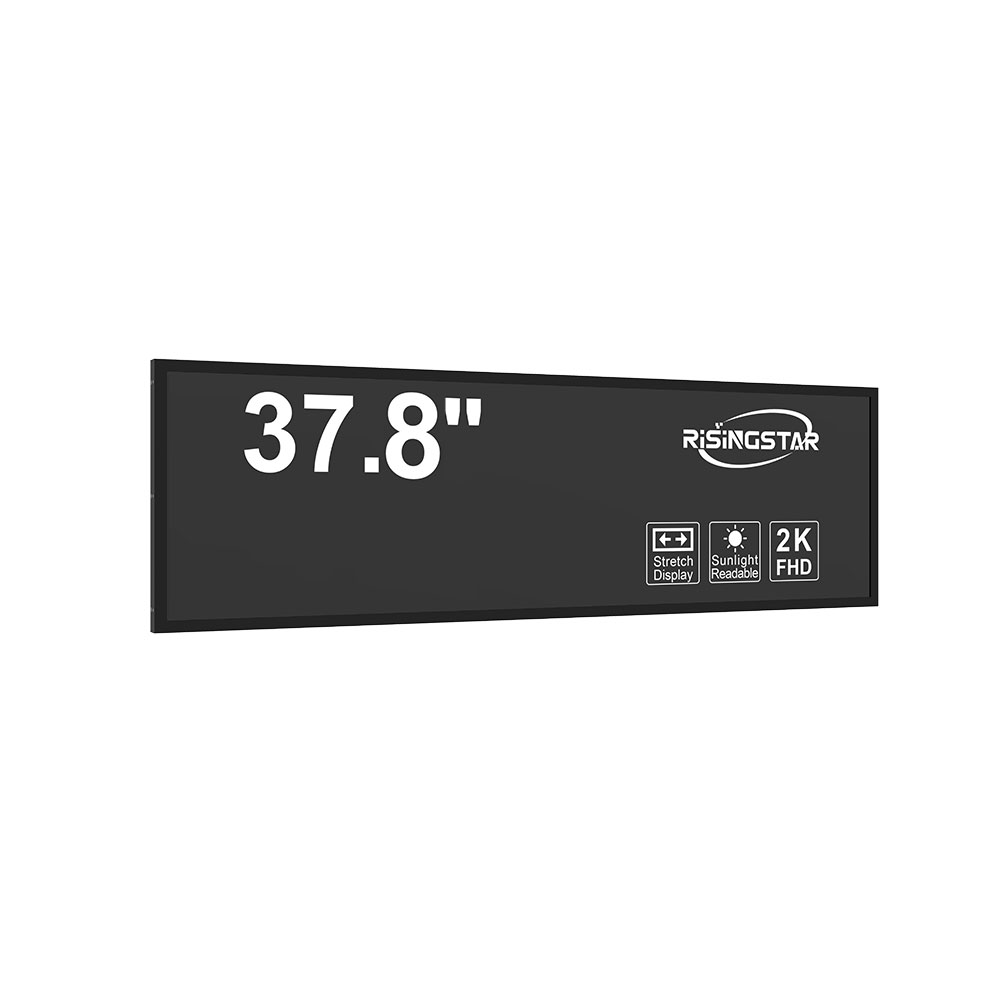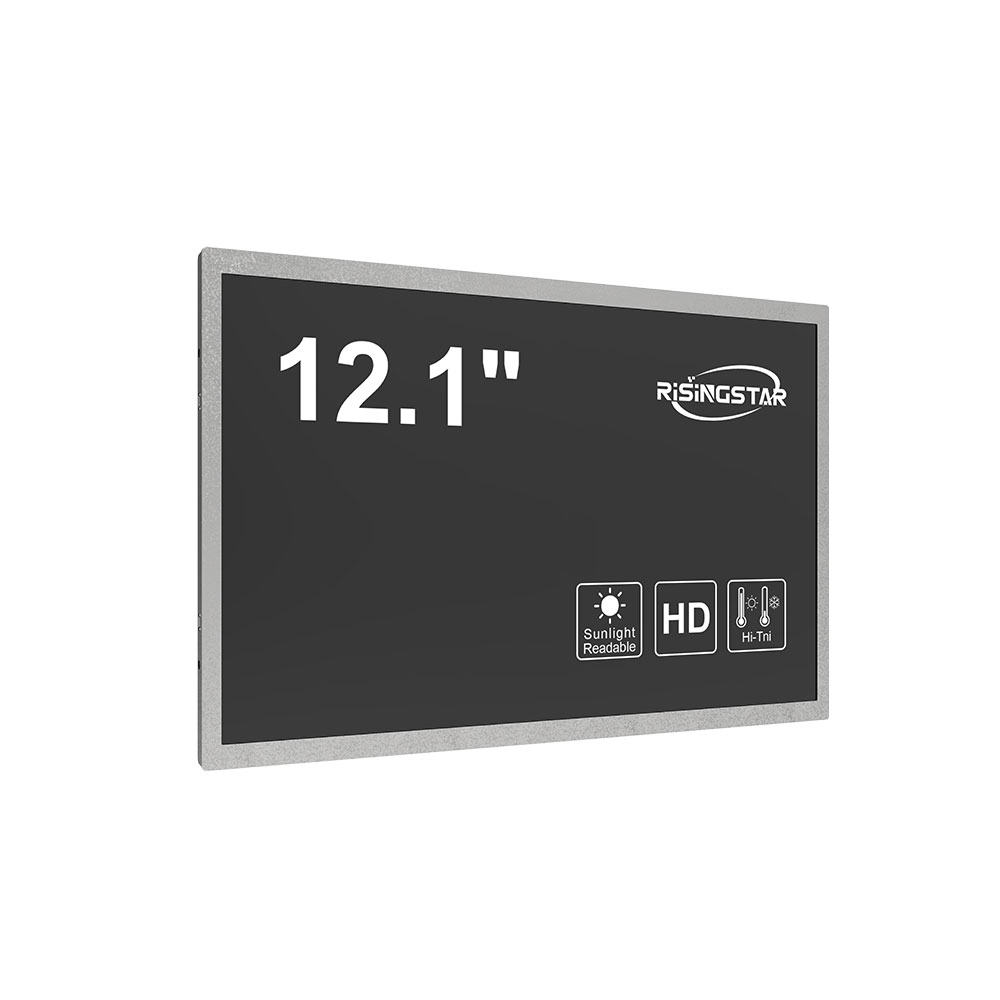- Home
- About Us
- Products
- News
- Video
- Contact
- Send Inquiry
Search
- Home
- About Us
- Products
- News
- Video
- Contact
- Send Inquiry

In today’s rapidly evolving urban landscape, outdoor high-brightness LCD screens have become essential components of smart city infrastructure, digital signage, and public information systems. These displays are engineered to operate reliably under extreme environmental conditions—ranging from intense sunlight and temperature fluctuations to humidity, dust, and even vandalism. Their ability to deliver vivid, readable content in real time makes them indispensable across industries such as transportation, retail, advertising, and emergency communications.
The foundation of an effective outdoor high-brightness LCD screen lies in its luminance output. According to the Society for Information Display (SID), typical indoor LCDs emit around 300–500 nits of brightness, while outdoor displays must exceed 5,000 nits to remain visible under direct sunlight—a requirement that demands specialized backlighting technologies like LED arrays with adaptive brightness control. This is critical because ambient light levels can reach up to 10,000 lux during midday sun, making standard displays nearly invisible without significant luminance amplification.
Modern outdoor LCDs employ advanced optical bonding techniques to minimize glare and improve contrast ratios. Optical bonding involves sealing the display panel between a layer of optically clear adhesive (OCA) and a protective glass cover. This not only reduces reflection but also enhances durability by preventing moisture ingress and mechanical damage. Case studies from companies like LG Electronics and Samsung Display show that optical bonding improves visibility by up to 40% in sunny conditions compared to air-gap designs.

Another key feature is the use of high-efficiency LED backlights. Unlike traditional CCFL (cold cathode fluorescent lamp) technology, LEDs offer superior energy efficiency, longer lifespan, and better color consistency. For example, LG’s “Smart Outdoor LCD” series uses edge-lit LED modules with local dimming zones, enabling dynamic adjustment of brightness based on ambient lighting and content complexity. This reduces power consumption by up to 30% while maintaining optimal visibility—an important consideration for cities aiming to reduce carbon footprints.
Environmental resilience is equally critical. Outdoor LCDs are typically rated IP65 or higher, meaning they are protected against dust ingress and water jets. They also comply with international standards such as IEC 60068 for temperature cycling (-30°C to +70°C), shock resistance (IEC 60068-2-27), and electromagnetic compatibility (EMC). A notable application is the deployment of outdoor LCDs in London’s Transport for London (TfL) network, where over 2,000 screens operate continuously in subway stations, bus stops, and train platforms. These units have demonstrated a mean time between failures (MTBF) exceeding 100,000 hours, showcasing their reliability in high-stress environments.

Content management systems (CMS) integrated with these screens enable remote updates, scheduling, and analytics. Platforms like Scala, BrightSign, and Xibo allow operators to push dynamic content—from live traffic data to targeted advertisements—to thousands of screens simultaneously. In Singapore, the Land Transport Authority (LTA) utilizes such systems to display real-time bus arrival times, weather alerts, and public service announcements across 500+ outdoor screens at bus interchanges. This integration increases passenger satisfaction scores by an average of 22%, according to LTA’s 2023 annual report.
Moreover, outdoor LCDs now support interactive capabilities via touchscreens, RFID readers, and facial recognition sensors. For instance, Hyundai Motor Group installed interactive outdoor displays at major transit hubs in Seoul that allow users to access multilingual navigation services, check vehicle availability for car-sharing programs, and receive personalized promotions. Such innovations align with global trends toward human-centric urban design and seamless mobility solutions.
Security is another growing concern. With increasing incidents of screen tampering and data breaches, manufacturers are integrating hardware-based encryption, secure boot mechanisms, and remote wipe features. Intel’s Manageability Technology (AMT) and ARM TrustZone provide robust security layers for enterprise-grade outdoor displays. Additionally, some models include built-in motion detection to trigger alerts when unauthorized access occurs—an essential safeguard for public spaces.
From a cost perspective, while initial investment remains higher than indoor alternatives, lifecycle costs are favorable due to reduced maintenance needs and extended operational life. Industry benchmarks from the International Association of Lighting Designers (IALD) indicate that well-maintained outdoor LCDs can last 8–10 years with minimal downtime, offering a strong return on investment for municipalities and commercial entities alike.
Looking ahead, emerging technologies such as micro-LED, OLED-on-glass, and AI-driven content optimization will further enhance performance. Micro-LED promises higher brightness (up to 10,000 nits), faster response times, and lower power consumption, positioning it as a next-generation solution for ultra-bright outdoor applications. Meanwhile, AI algorithms are being used to analyze viewer behavior patterns and automatically adjust content placement, font size, and color schemes for maximum engagement.
In conclusion, outdoor high-brightness LCD screens represent a convergence of engineering excellence, environmental adaptability, and digital innovation. As cities continue to digitize, these displays will play an increasingly vital role in shaping how people interact with public space, access information, and experience urban life. Whether in bustling metropolises or remote rural areas, their impact is both measurable and transformative—proving that clarity, resilience, and connectivity are no longer luxuries but necessities in modern society.
2025-07-31
Ultra High Brightness LCD Display2025-07-31
Anti Glare Lcd Screen